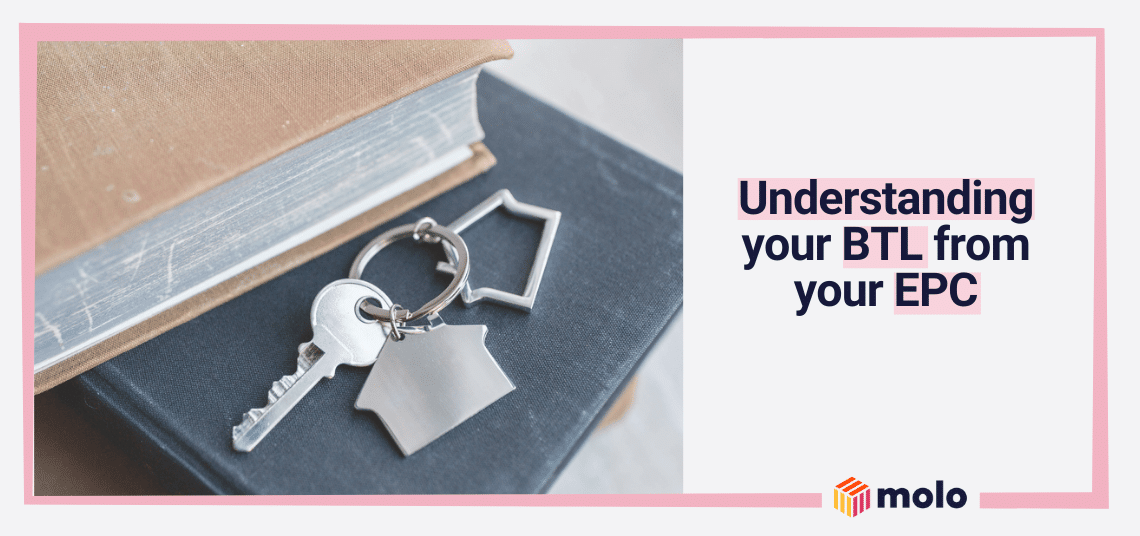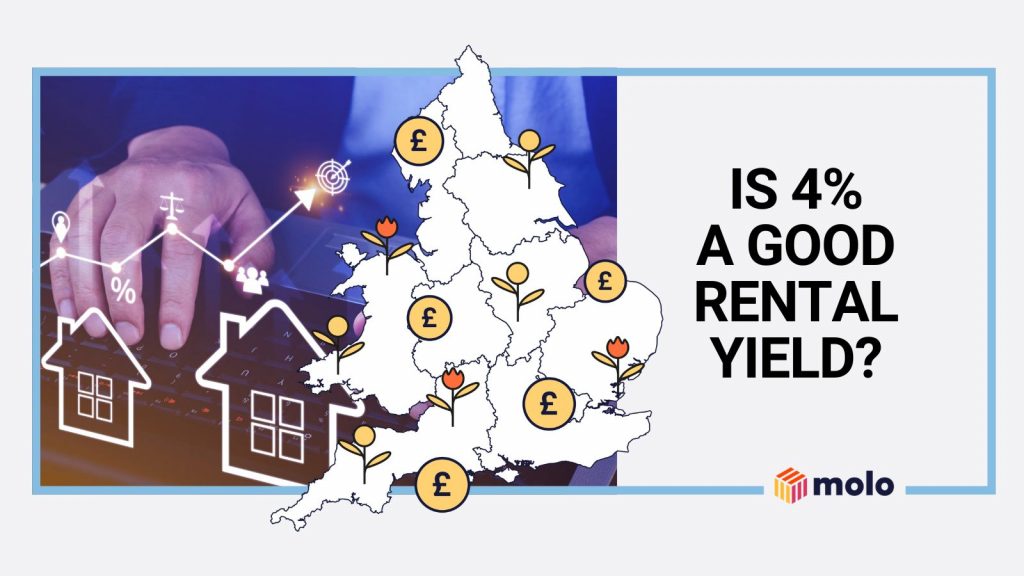Now I know my ABC
The world of property can sometimes feel complicated, particularly for people who are dipping their toes into the water for the first time. There’s just so much to learn!
At Molo, we try to keep our language as simple as possible and jargon-free so you know exactly where you stand with your mortgage. But sometimes, there’s just no escaping some terminology.
So read up on the following landlord lingo and prepare to wow your friends with your newfound knowledge.
A is for Assured Shorthold Tenancy (AST)
Assured shorthold tenancies are the most common type of tenancy in the UK. It’s usually used for 6 or 12 month fixed term tenancies, although it can be used for rolling weekly or monthly tenancies too. With an AST, landlords can evict tenants without reason (so long as sufficient notice is provided and the correct procedure is followed).
B is for Buy-To-Let (BTL)
Buy-to-let is a type of mortgage used by landlords to purchase property. A BTL is similar to a residential mortgage but is commonly paid interest-only, with the capital (the original loan amount) paid at the end of the mortgage term. You can get a buy-to-let mortgage from Molo.
C is for Client Money Protection (CMP)
Client Money Protection is a scheme that all letting and property management agents belong to. If the agent is used to collect rent or hold deposits but is later unable to return these funds to the landlord or tenant, the CMP will pay out on their behalf.
D is for Deposit
A deposit is a sum of money paid upfront for a mortgage or tenancy. Landlords will typically pay a deposit of 15% on a buy-to-let mortgage. Tenants will typically pay a deposit to the value of six week’s rent which is returned at the end of the tenancy (unless they’re found to have caused damage to the property).
E is for Energy Performance Certificate (EPC)
An Energy Performance Certificate is used to illustrate the energy usage and efficiency of a property, and grades the property from A (most efficient) to G (least efficient). It’s commonly referred to during the sales process, and is prepared by a qualified domestic energy assessor.
F is for Fixed Term Tenancy
A fixed term tenancy is a type of tenancy that usually runs for 6 or 12 months. This contrasts a periodic tenancy, which runs on a weekly or monthly basis with no specified end date. A fixed term tenancy can have a break clause, which allows the tenant to end the tenancy early.
G is for Gross Rental Yield
Gross rental yield is the annual rental income expressed as a percentage of the value of a property. Landlords often use this figure to determine the viability of purchasing a property as an investment. A gross rental yield of between 5% and 8% is generally considered good.
H is for HMO (House In Multiple Occupation)
A HMO (house in multiple occupation) describes any property which is rented by at least three non-related individuals who share common areas such as a kitchen and bathroom. The HMO classification is important, as it requires landlords to meet certain standards such as taking extra steps to reduce the risk of fire.
I is for Inventory
An inventory is a list of all items and fixtures that are included in a property before it’s let out. At the end of the tenancy, the inventory is checked to make sure all items and fixtures are present and undamaged.
J is for Joint Tenancy
A joint tenancy is when two people rent a property together and are equally responsible for paying the rent.
L is for Landlord Insurance
Landlord insurance is required to let out a property. It’s similar to home insurance and insures landlords against various risks, such as damage to the building, contents, and injuries to tenants while in your property.
M is for Managing Agent
A managing agent is a company appointed by a landlord to look after the day-to-day running of a property. This can include managing the building’s finances including collecting any service change, managing ongoing maintenance, and liaising with tenants.
N is for Notice
A notice period is the minimum amount of time allowed for a tenant or landlord to inform the other that they intend on ending the tenancy. This usually needs to be confirmed in writing, and it must abide by the terms of the tenancy agreement.
O is for Occupancy Rights
Tenants have a legal right to live in their rented property under certain conditions, as outlined in the tenancy agreement.
P is for Portable Appliance Test (PAT)
To prevent risk of fire or injury, electrical appliances should be periodically examined by a qualified electrician. The procedure is known as a PAT test.
R is for Rental Yield
A property’s rental yield is a way to determine the annual ‘return’ of a buy-to-let property. It’s calculated as the annual rental income divided by the property value. For example, if annual rent were £12,000 and the property was worth £200,000, the rental yield would be 6%.
S is for Stamp Duty
Stamp Duty Land Tax (SDLT) is a tax paid on properties worth over a certain amount (£250,000 as of August 2021). First-time buyers are exempt from paying SDLT on properties up to £300,000.
T is for Tenancy Deposit Scheme (TDS)
Landlords are required to place rental deposits in a government-approved tenancy deposit scheme. The law was introduced to protect tenants’ deposits from being lost or used for other means.
U is for Unfurnished
Buy-to-let properties can be let out with or without furniture. Unfurnished properties may be cheaper than furnished properties, and can be less expensive for a landlord to maintain.
V is for Void Period
A void period is a length of time a buy-to-let property is left untenanted, and represents a loss of earnings for the landlord.
Z is for Zero Deposit
A zero deposit scheme offers tenants a more affordable way of assuring a tenancy, and frees the landlord of the responsibility of holding a deposit. In the event of damage occurring or late rental payments, a zero deposit scheme will pay out the landlord up to six weeks’ rent.



